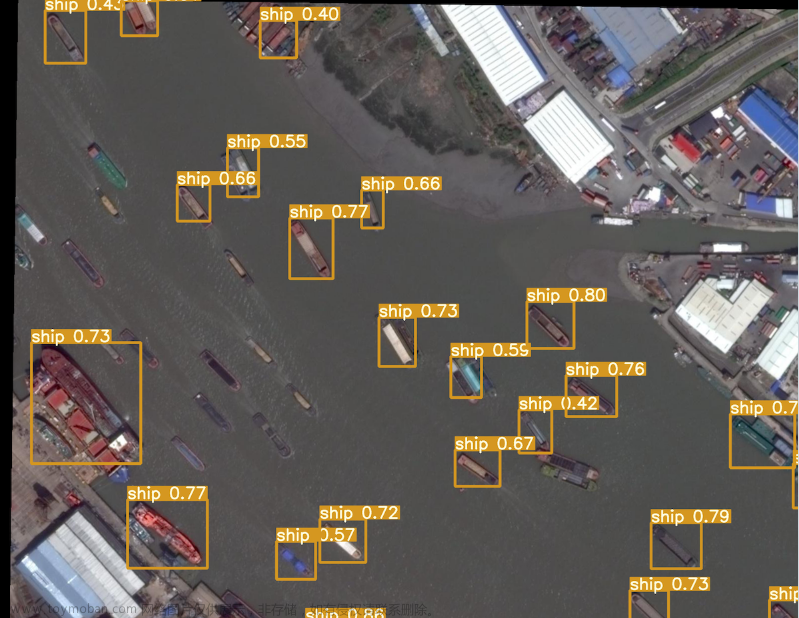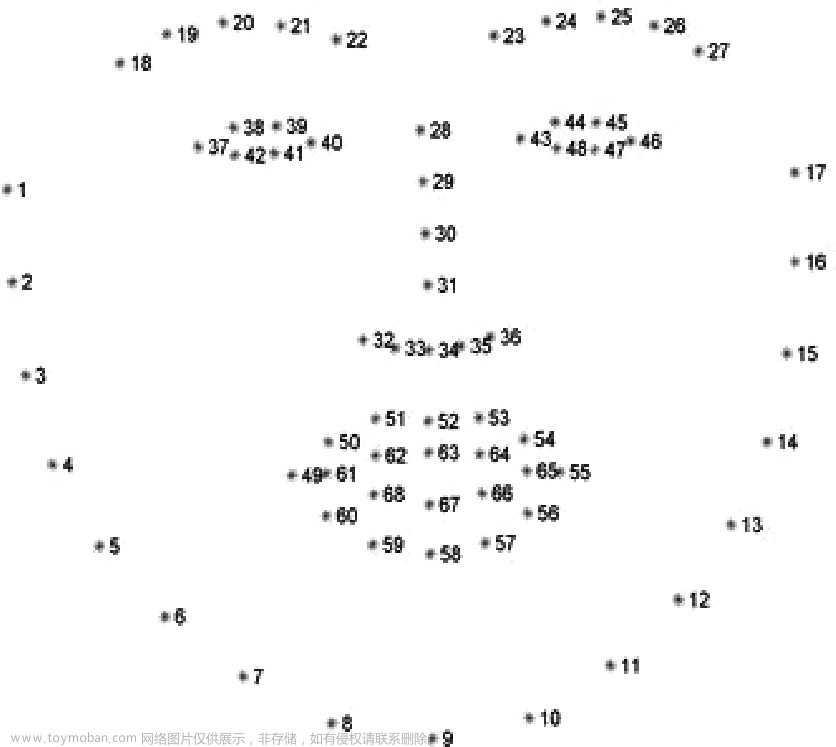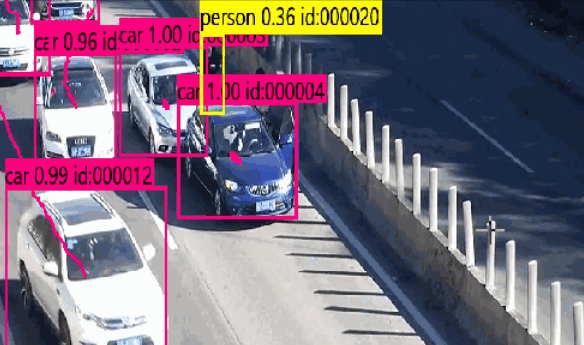图形检测
demo1
# 绘制几何图像的轮廓
import cv2
img = cv2.imread("./shape1.png")
gray = cv2.cvtColor(img, cv2.COLOR_BGR2GRAY)
# 将图像二值化
t, binary = cv2.threshold(gray, 127, 255, cv2.THRESH_BINARY)
# 检测图像中的所有轮廓
contours, hierarchy = cv2.findContours(binary, cv2.RETR_LIST, cv2.CHAIN_APPROX_NONE)
cv2.drawContours(img, contours, 3, (0, 0, 255), 5)
cv2.imshow("img", img)
cv2.waitKey()
cv2.destroyAllWindows()
demo2
# 绘制花朵的轮廓
import cv2
img = cv2.imread("flower.png")
cv2.imshow("img", img)
img = cv2.medianBlur(img, 5)
gray = cv2.cvtColor(img, cv2.COLOR_BGR2GRAY)
t, binary = cv2.threshold(gray, 127, 255, cv2.THRESH_BINARY)
cv2.imshow("binary", binary)
contours, hierarchy = cv2.findContours(binary, cv2.RETR_LIST, cv2.CHAIN_APPROX_NONE)
cv2.drawContours(img, contours, -1, (0, 0, 255), 2)
cv2.imshow("contours", img)
cv2.waitKey()
cv2.destroyAllWindows()
demo3
import cv2
# 矩形包围框
img = cv2.imread("./shape2.png")
gray = cv2.cvtColor(img, cv2.COLOR_BGR2GRAY)
t, binary = cv2.threshold(gray, 127, 255, cv2.THRESH_BINARY)
contours, hierarchy = cv2.findContours(binary, cv2.RETR_LIST, cv2.CHAIN_APPROX_SIMPLE)
# 获取第一个轮廓的最小矩形边框
x, y, w, h = cv2.boundingRect(contours[0])
cv2.rectangle(img, (x, y), (x + w, y + h), (0, 0, 255), 2)
cv2.imshow("img", img)
cv2.waitKey()
cv2.destroyAllWindows()
demo4
import cv2
# 圆形包围框
img = cv2.imread("./shape2.png")
gray = cv2.cvtColor(img, cv2.COLOR_BGR2GRAY)
t, binary = cv2.threshold(gray, 127, 255, cv2.THRESH_BINARY)
contours, hierarchy = cv2.findContours(binary, cv2.RETR_LIST, cv2.CHAIN_APPROX_SIMPLE)
# 获取第一个轮廓的最小矩形边框
center, radius = cv2.minEnclosingCircle(contours[0])
x = int(round(center[0]))
y = int(round(center[1]))
cv2.circle(img, (x, y), int(radius), (0, 0, 255), 2)
cv2.imshow("img", img)
cv2.waitKey()
cv2.destroyAllWindows()
demo5
import cv2
# 凸包
img = cv2.imread("./shape2.png")
gray = cv2.cvtColor(img, cv2.COLOR_BGR2GRAY)
t, binary = cv2.threshold(gray, 127, 255, cv2.THRESH_BINARY)
contours, hierarchy = cv2.findContours(binary, cv2.RETR_LIST, cv2.CHAIN_APPROX_SIMPLE)
# 获取第一个轮廓的最小矩形边框
hull = cv2.convexHull(contours[0])
cv2.polylines(img, [hull], True, (0, 0, 255), 2)
cv2.imshow("img", img)
cv2.waitKey()
cv2.destroyAllWindows()
demo6
# Canny边缘检测
import cv2
img = cv2.imread("flower.png")
r1 = cv2.Canny(img, 10, 50)
r2 = cv2.Canny(img, 100, 200)
r3 = cv2.Canny(img, 400, 600)
cv2.imshow("img", img)
cv2.imshow("r1", r1)
cv2.imshow("r2", r2)
cv2.imshow("r3", r3)
cv2.waitKey()
cv2.destroyAllWindows()
demo7
# 检测笔图像中出现的直线
import cv2
import numpy as np
img = cv2.imread("./pen.jpg")
o = img.copy()
o = cv2.medianBlur(o, 5)
gray = cv2.cvtColor(o, cv2.COLOR_BGR2GRAY)
binary = cv2.Canny(o, 50, 150)
lines = cv2.HoughLinesP(binary, 1, np.pi/180, 15, minLineLength=100, maxLineGap=18)
for line in lines:
x1, y1, x2, y2 = line[0]
cv2.line(img, (x1, y1), (x2, y2), (0, 0, 255), 2)
cv2.imshow("canny", binary)
cv2.imshow("img", img)
cv2.waitKey()
cv2.destroyAllWindows()
demo8
# 圆环检测
import cv2
import numpy as np
img = cv2.imread("coin.jpg")
o = img.copy()
o = cv2.medianBlur(o, 5)
gray = cv2.cvtColor(o, cv2.COLOR_BGR2GRAY)
circles = cv2.HoughCircles(gray, cv2.HOUGH_GRADIENT, 1, 70, param1=100, param2=25, minRadius=10, maxRadius=50)
circles = np.uint(np.around(circles))
for c in circles[0]:
x, y, r = c
cv2.circle(img, (x, y), r, (0, 0, 255), 3)
cv2.circle(img, (x, y), 2, (0, 0, 255), 3)
cv2.imshow("img", img)
cv2.waitKey()
cv2.destroyAllWindows()
文章来源地址https://www.toymoban.com/news/detail-659991.html
文章来源:https://www.toymoban.com/news/detail-659991.html
到了这里,关于open cv学习 (十)图形检测的文章就介绍完了。如果您还想了解更多内容,请在右上角搜索TOY模板网以前的文章或继续浏览下面的相关文章,希望大家以后多多支持TOY模板网!














